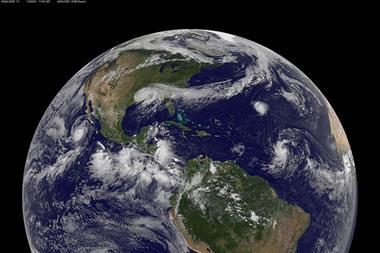European Space Agency satellite reveals melt is 50% greater than anticipated

Arctic sea ice is melting at a much greater rate than has been expected according to the European Space Agency.
Preliminary results from the Agency’s Cryosat satellite – which measures ice thickness with the use of lasers – have revealed that in some areas Arctic sea ice is melting 50% higher than had been projected in forecasts.
In total, analysis suggests an average loss of 900 cubic meters of ice every year since 2004. At the end of last summer only 7,000 cubic km of ice remained.
The most pronounced loss has been witnessed in northern Greenland where thickness has fallen from 5-6 meters a decade ago to just 3 meters.
The findings follow images released by NASA last month which revealed that in July alone, 97% of Greenland’s ice sheet had experienced some degree of melting.














No comments yet